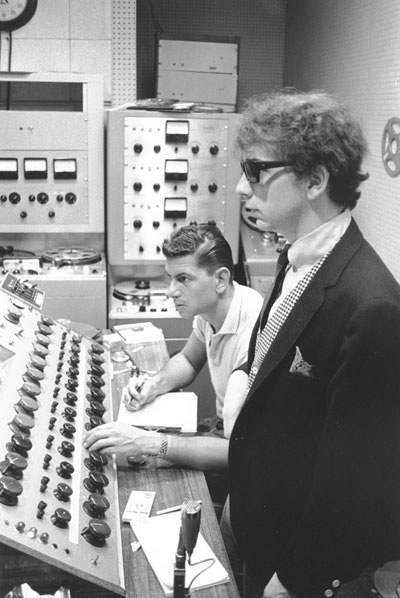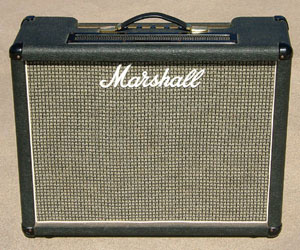
In more recent times, they could be seen on Saturday morning cartoons, and a few years ago, Bagdasarian’s son brought the Chipmunks back, where they’ve starred in a number of successful animated features. These days pitch-shifting their voices is a plug-in.
Phil Spector created another landmark pop sound, noteworthy because he may be considered the first record producer to have attained “star” status. Spector’s “Wall of Sound” hits with The Crystals, The Righteous Brothers, The Ronettes, and Tina Turner’s classic “River Deep-Mountain High” were exclusively associated with the reverb chambers at Gold Star Studios in Hollywood.
Many other top artists of the era also used these same chambers, including Sonny & Cher, Iron Butterfly, The Rolling Stones, The Beach Boys, and Herb Alpert and the Tijuana Brass. In fact, the Gold Star chambers were so popular that the owners built two copies and leased them to other studios, linked by high-quality telephone lines. The Phil Spector sound and those chambers were a commodity for a while in the 1960s.

Unique sound may come from a state-of-the-art device, or a vintage piece of equipment, because unlike other types of media that drop older state of the art in favor of the latest innovations, sound producers prize vintage microphones, sound generators and processor devices for the qualities they have.
Some of these qualities are so characteristic that modern digital multi-processors have presets that attempt to create the attributes of these vintage devices. The manufacturers of production equipment have, in a sense, made a commodity of sound processes. And, of course. there is the emergence of manufacturers of audio equipment that pride themselves in offering exact duplicates of what are now legendary devices from an earlier time.
For the music producer/engineer, the latest techniques and “sounds” are directly associated with the hardware. Hundreds of production equipment manufacturers jostle for market share. NAB and AES trade show booths beckon aisle-strolling musicians, producers, and engineers to have a listen to the latest new thing.
The most popular processes become commodities in the marketing and application of these devices. By the next show, today’s hot new sound will inevitably be copied and included in any number of devices by other manufacturers.
The sounds that these devices create may be as clearly identified as a specific preset program on a digital effect, or it might be quite beyond a layman’s description.
In either case, the sound created will be tangible to those who care, if by no other way then through some comparison to earlier sounds, processes, and recordings.
The variety of effects would seem to allow an infinite number of sounds to be used on the myriad of recordings made; however, in practice, this has not been the case. The desire of producers to make records that sound commercially familiar has created a remarkable number of productions that sound alike.
The phenomenon has been made easier by the variety of pre-set programs that come with most sound generators and processors. By switching from one setting to another, the sounds from dozens of records can be heard. The preset computer program in the processor generates nothing except in response to a signal passing through it. Here we have sonic artifacts that have become marketable commodities.
For instance, reverb sounds are cataloged by the type of instrument that might go through it as suggested by the manufacturer. A gated reverb snare exists on every processor made today.
Most reverb devices retain preset descriptions that reference devices of the past. A good example are plate reverbs, areference to a mechanical device invented by EMT that in the mid-1960s revolutionized how reverb was generated in a studio.
The heart of rock and roll may be Cleveland, but it sounds like guitar distortion; in this case a common denominator is the Celestion G12 loudspeaker that is in an overwhelming number of guitar amplifiers made by a number of different manufacturers. Ken Bran, the engineer who headed the introduction of the Marshall amplifier that was first made famous by Hendrix and Led Zeppelin, acknowledged that without Celestion, they couldn’t have accomplished that sound.

In the beginning, Celestion was probably unaware of the desirability of loudspeaker distortion. The company had spent decades trying to build distortion-less loudspeakers, but came to understand that distortion was actually a key selling point.
As Celestion’s promotional material states, “The paper edge cone of the classic G12 and it’s resonate break-up characteristics are the starting point from which many of the modern guitar loudspeakers have been developed”.
This loudspeaker was first introduced in 1969 and continues to be sold with the assurance that the characteristics of its distortion hasn’t changed through the years. Here is the subjective, absolutely unquantifiable attribute of some form of unique distortion that has become a marketable commodity.
